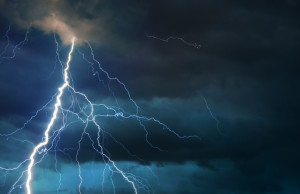Robert J. Trenkle, CFI, CFEI
Presented at International Symposium on Fire Investigation, 2014
ABSTRACT
State of Michigan vs. Frederick Mardlin
On Monday, November 13, 2006 at 1410 hours (2:10 p.m.) a fire occurred at an owner occupied single family dwelling at 550 W. Mill Street, Capac, Michigan. The homeowner, Frederick Mardlin, lived there with his family and another family which was homeless and allowed to move in with the Mardlin’s. Prior to the fire, only Frederick Mardlin was home. He left the house to go to his brother’s house, who lived nearby. The fire was discovered by neighbors approximately 15-20 minutes after his departure. The fire was investigated by the local fire department, State Fire Marshal and a private investigator for the insurance company.
Numerous points made in the study by Paul Bieber, director, Arson Research Project, paralleled the Mardlin case, including mis-identifying the area of origin of the fire. Ignitable liquids were attributed to accelerating the fire although none were identified by laboratory analysis. Cognitive bias was apparent in their findings or they were the result of lacking knowledge in fire behavior, or both. Mr. Mardlin was convicted of Arson: Burning of a Dwelling House and Insurance Fraud. He was sentenced to ten years in prison. He served four years and was paroled. He was denied a new trial at the Appellate Court level and eventually the guilty verdict was vacated by the higher court. Hundreds of hours were spent by the appeals attorney, investigators and electrical engineer before the favorable outcome was reached. The discussion will explain the exhaustive efforts necessary to right the horrible wrong suffered by Mr. Mardlin.






